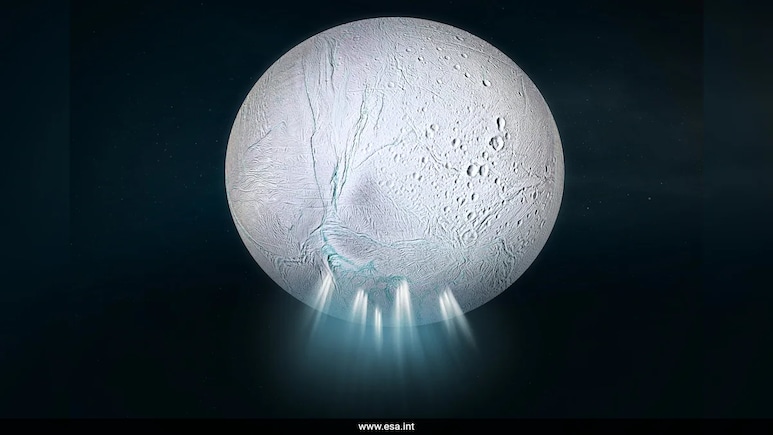
Scientists have found new evidence suggesting Saturn's icy moon Enceladus may harbour conditions suitable for alien life, according to a study published in Nature Astronomy. A team from the University of Stuttgart analysed tiny ice grains ejected through cracks in Enceladus' surface, using decades-old data from NASA's Cassini spacecraft.
These grains contain complex organic molecules, indicating the moon "ticks all the boxes" for potential habitability, lead researcher Nozair Khawaja told ScienceAlert.
Enceladus, despite its frigid average temperature of -330 Fahrenheit, is known to have a vast underground ocean beneath its thick ice Fahrenheitshell. Water plumes erupting from fissures near its South Pole have long suggested active hydrothermal processes that might support life. Cassini's Cosmic Dust Analyser collected ice particles from these plumes during flybys, but older samples could have been altered by cosmic radiation, as noted by ABC News.
The recent analysis focused on fresher ice grains collected directly from an active plume, revealing diverse organic compounds including esters and ethers, which on Earth are key ingredients for life. This discovery strengthens the idea that Enceladus' ocean could be habitable, though scientists caution that habitability does not confirm life's presence.
Lead author Nozair Khawaja explains what we already knew: "Cassini was detecting samples from Enceladus all the time as it flew through Saturn's E ring. We had already found many organic molecules in these ice grains, including precursors for amino acids."
The ice grains in the ring can be hundreds of years old. As they have aged, they may have been 'weathered' and therefore altered by intense space radiation. Scientists wanted to investigate fresh grains ejected much more recently to get a better idea of what exactly is going on in Enceladus's ocean.
Fortunately, we already had the data. Back in 2008, Cassini flew straight through the icy spray. Pristine grains ejected only minutes before hit the spacecraft's Cosmic Dust Analyzer (CDA) instrument at about 18 km/s. These were not only the freshest ice grains Cassini had ever detected, but also the fastest.
The speed mattered. Nozair explains why: "The ice grains contain not just frozen water, but also other molecules, including organics. At lower impact speeds, the ice shatters, and the signal from clusters of water molecules can hide the signal from certain organic molecules. But when the ice grains hit CDA fast, water molecules don't cluster, and we have a chance to see these previously hidden signals."
The study adds to mounting evidence that Enceladus, along with other icy moons like Jupiter's Europa, is a prime target in the search for extraterrestrial life. Future missions may unlock even more secrets from these intriguing worlds.
Track Latest News Live on NDTV.com and get news updates from India and around the world

